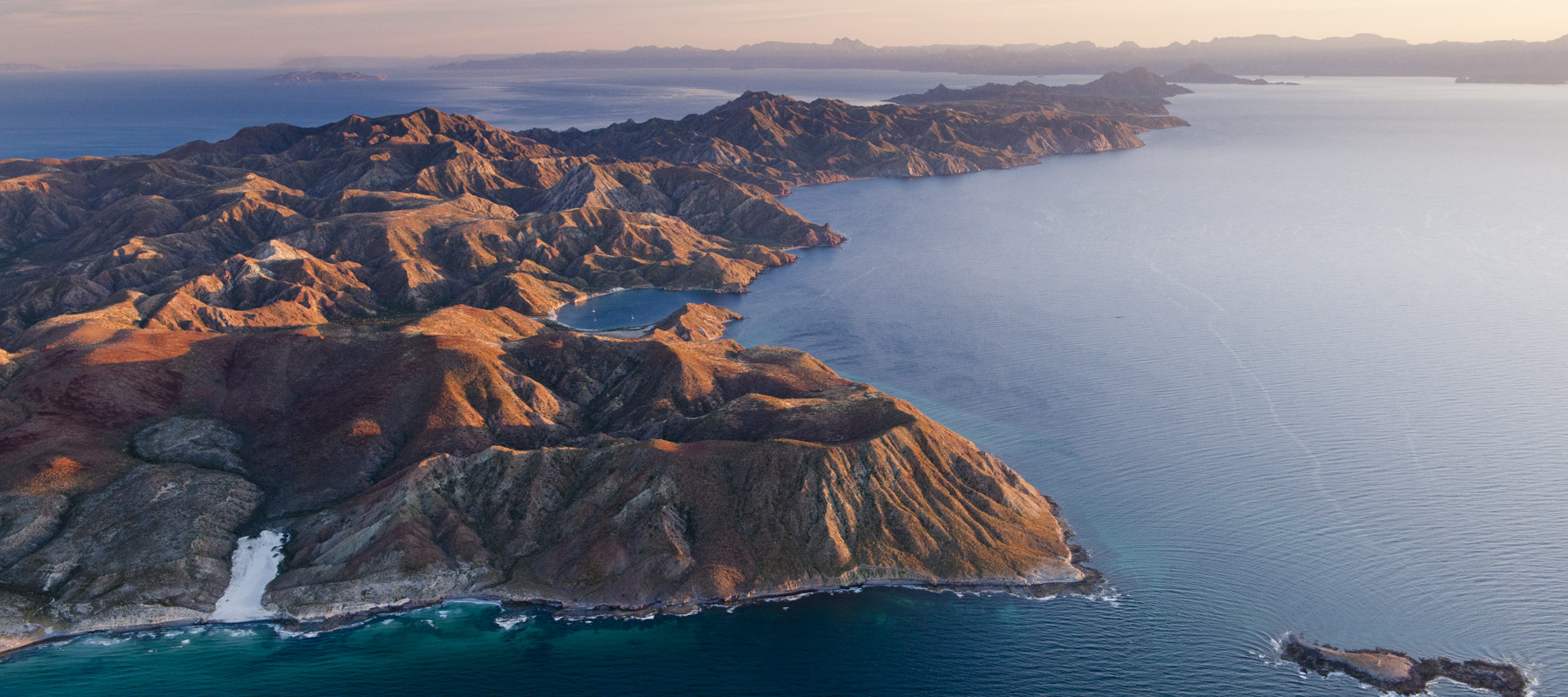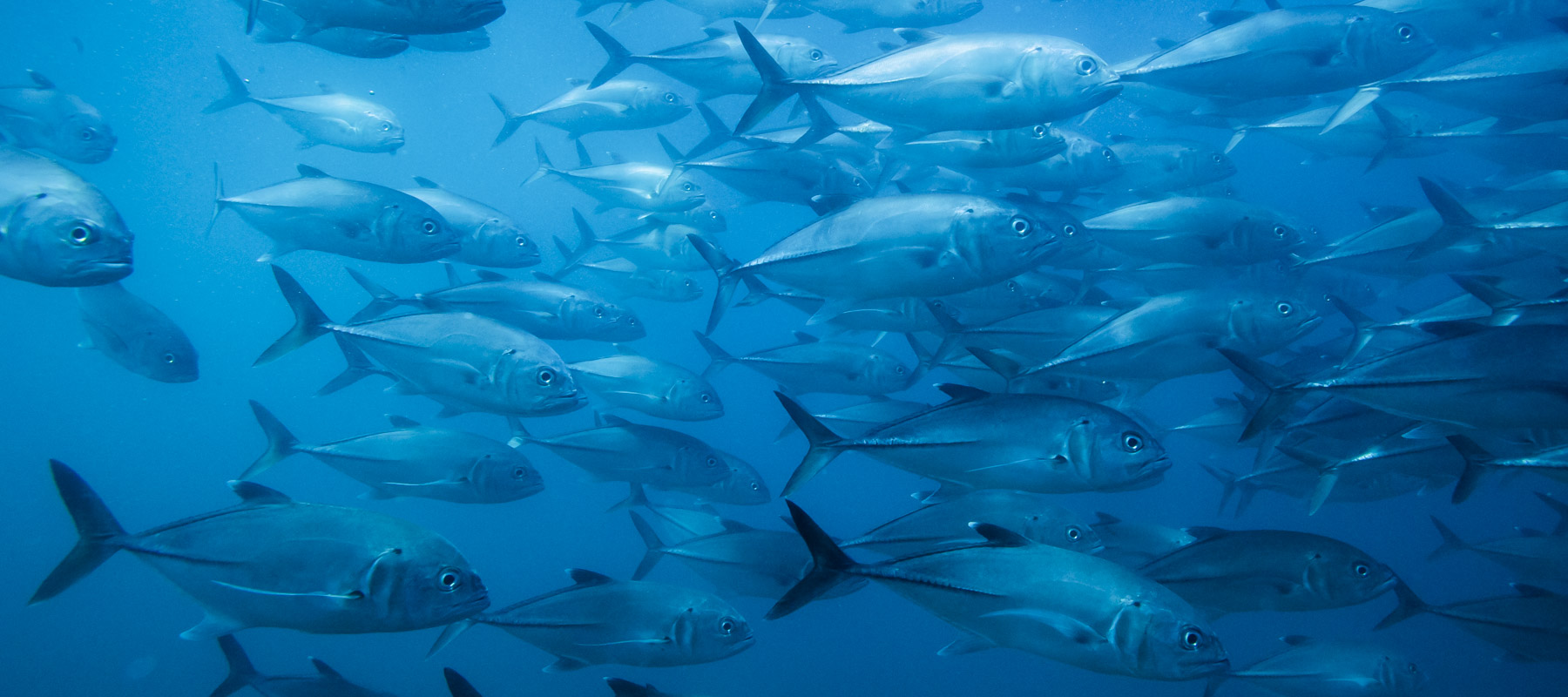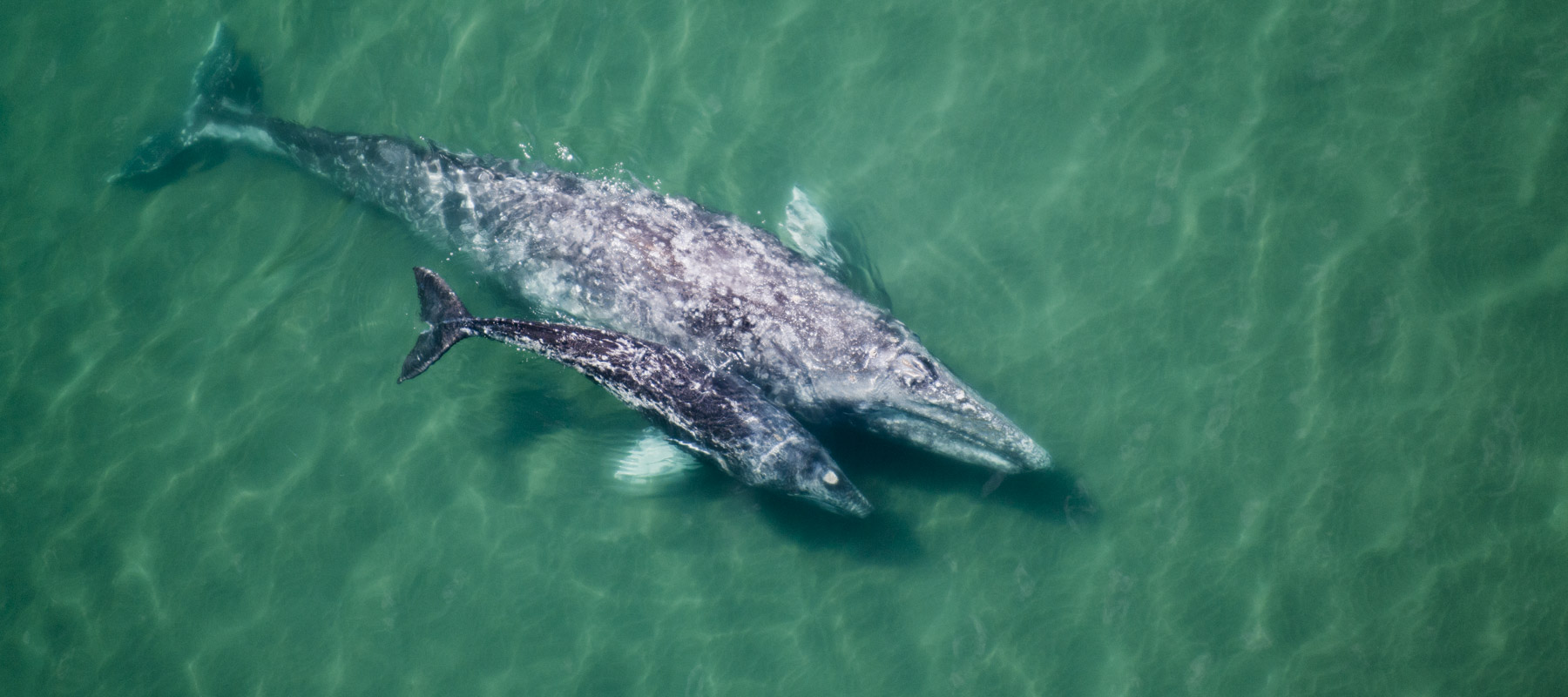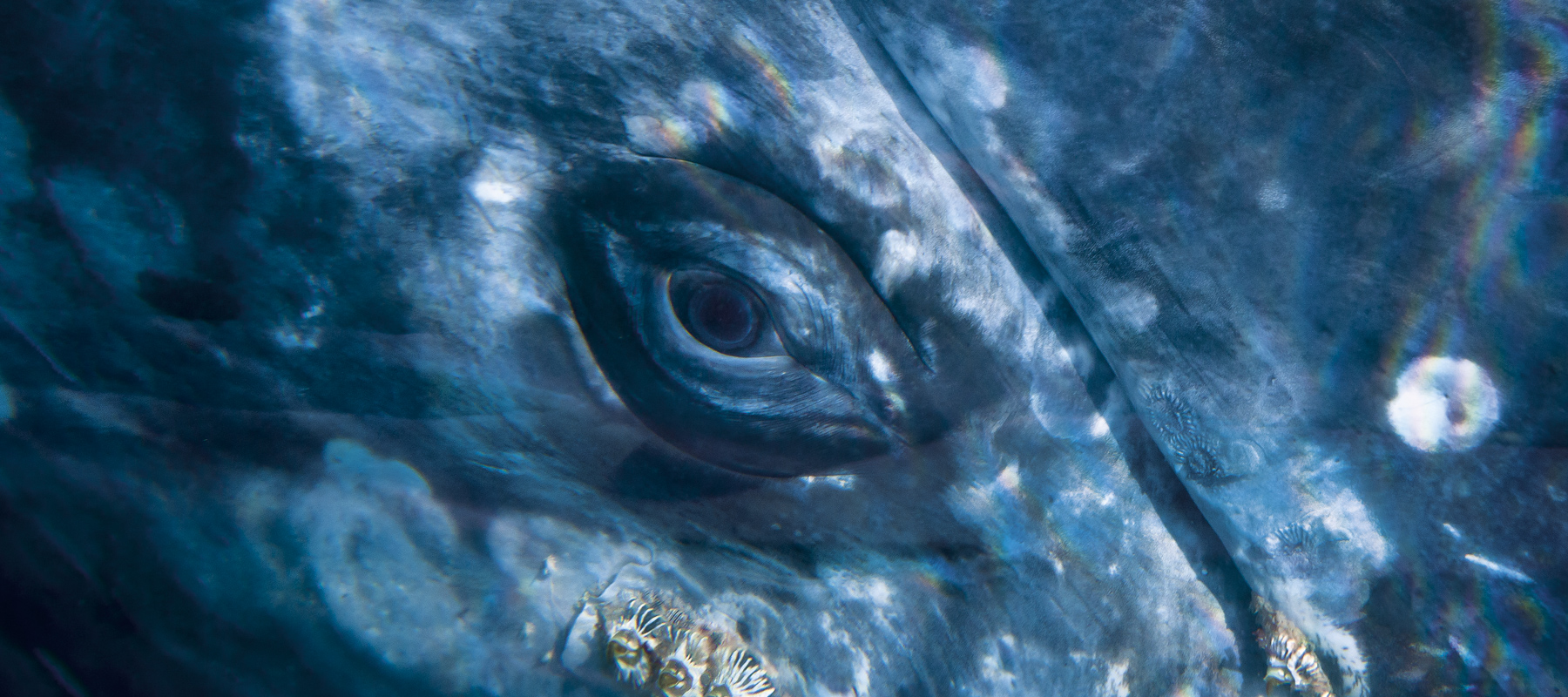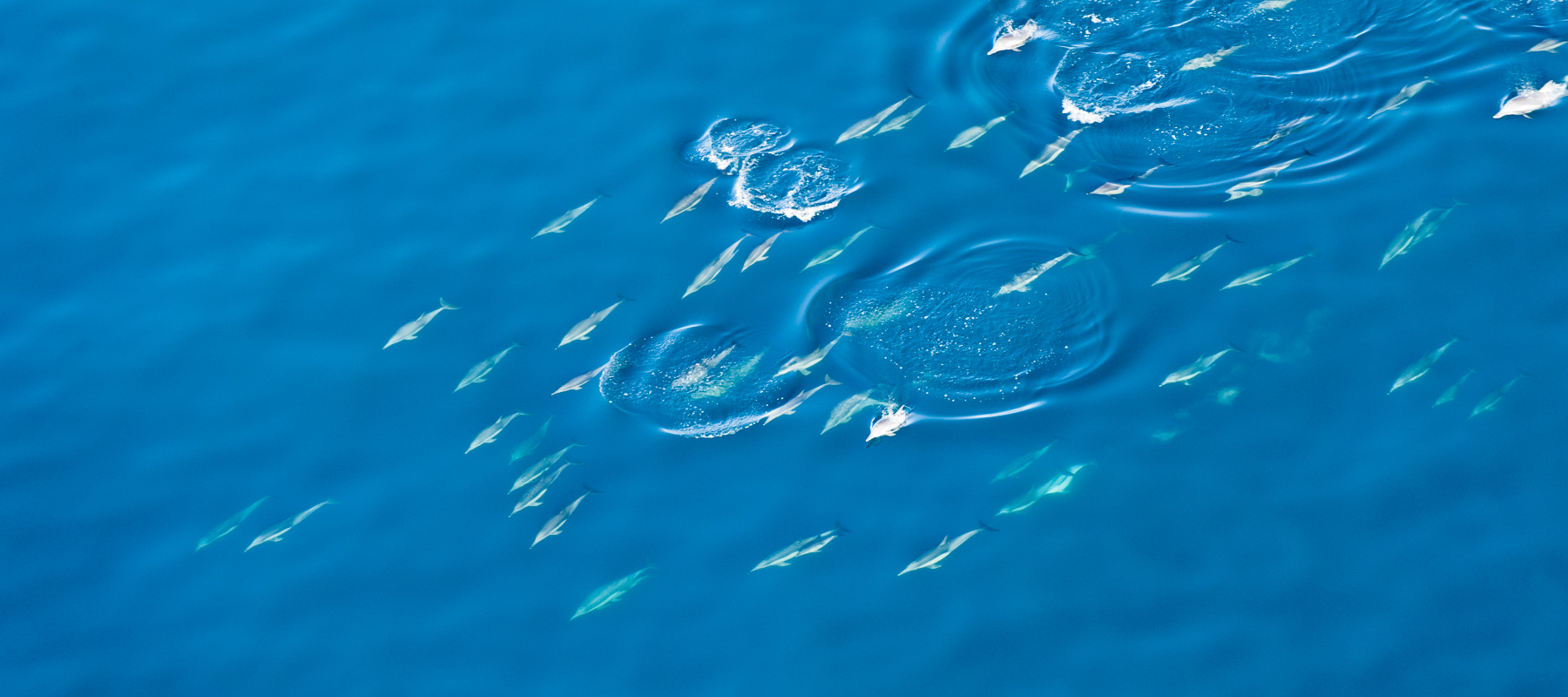The Californias
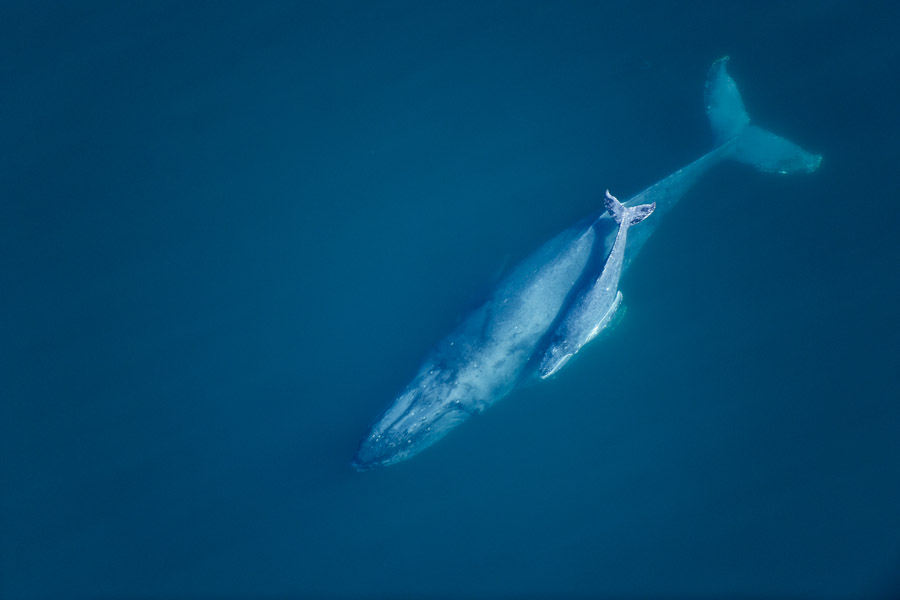
At first glance, Baja California appears dry, dusty and hostile to life. Like a long finger, the land extends more than 1200 kilometers to the south. For months, in some places even for years, the country thirsts for rain. It is due to a cold sea current, which flows south along the coast of the Baja peninsula. The west winds can only absorb very little moisture, which quickly evaporates over the strongly heated land. And yet, despite the extreme conditions, life has taken a grip and unfolds in miraculous ways. Cardon cacti defy centuries of drought and grow to the largest desert plants on earth. Picturesque cacti forests emerge. Baja California is a true treasure peninsula for botanists. Over 30% of plant species are endemic. Among the striking species are the bizarrely shaped cirios and the elephant trees. The island-like seclusion with a multitude of microclimates and islands has made Baja California the playground of evolution.
Unlike in the barren desert landscapes on land, life is rich in the surrounding sea: massive plankton blooms erupt and provide anchovies, sardines and krill with food. Populations explode. They feed the large bird colonies of the pelicans, terns and gannets of the islands and attract the giants of the seas. Blue- and fin whales comb the sea, sperm whales dive at great depths for squid, huge dolphin schools plow through the water. Here you will find over 30 different species of marine mammals.
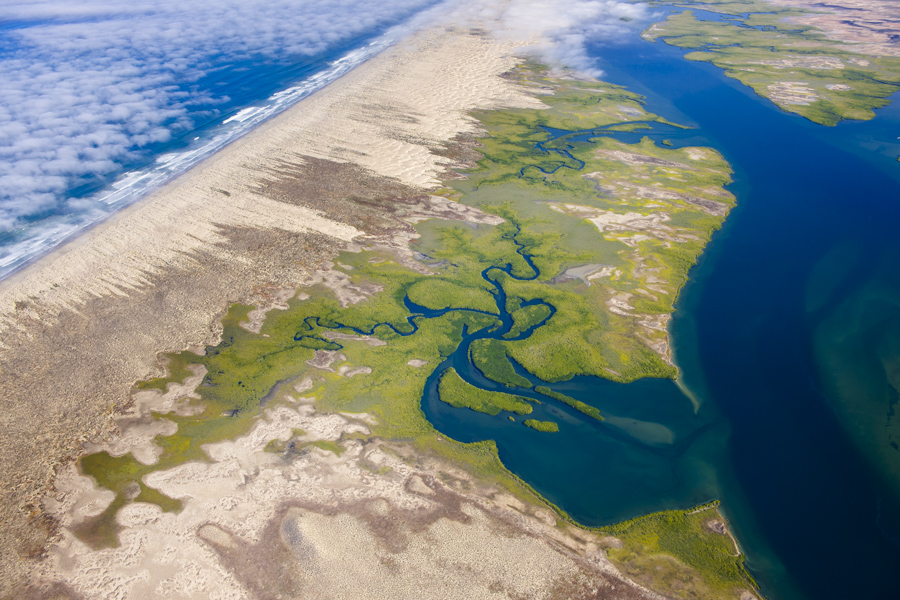
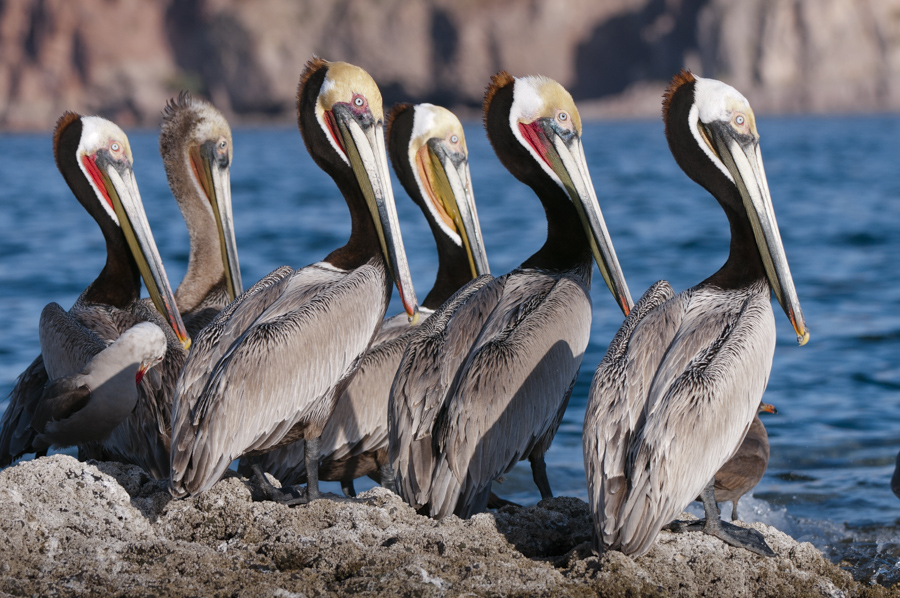

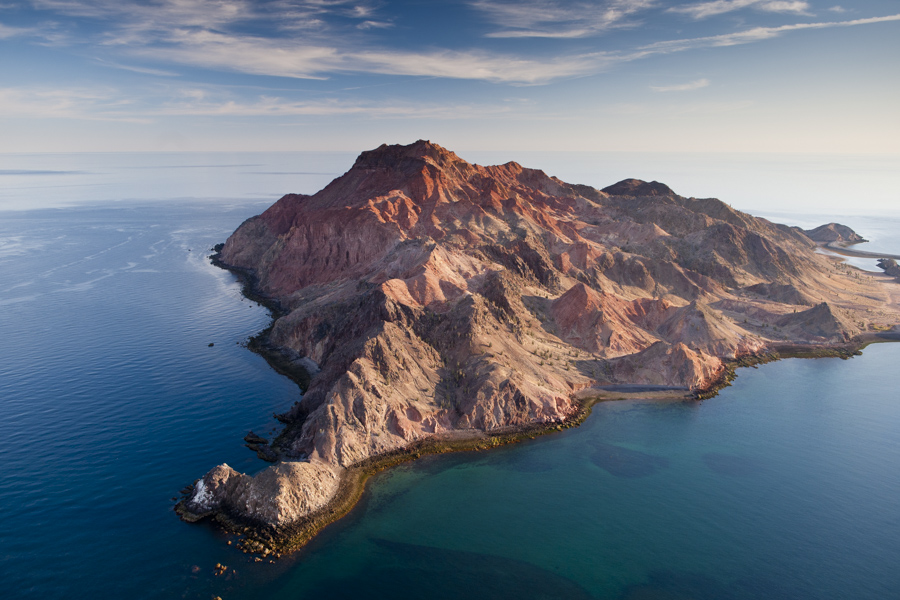
But how is it that plants and animals are struggling to survive on land, while the sea is full of life? The answer lies in the sea currents and the water temperature. From the north, the cold California current flows along the coast. In the area of San Francisco the surface water is diverted to the west, whereby cold, nutrient-rich deep water can reach the surface along the coast. In the Gulf of California, on the other hand, tidal currents stream for more than 1,000 kilometers into and out of the Gulf, causing an intense circulation of the water.
The extent to which life in the sea depends on these currents becomes clear, when those currents fail. This occurs in the years of El Niño: a change in the prevailing wind systems weakens the equatorial current that pushes water masses to the west, thus also slowing the California current from the north. The cold water upwelling slows and the surface water warms up considerably. Cold, nutrient-rich deep water no longer comes to the surface and the plankton growth slows dramatically. As a result, food becomes scarce for fish and birds. The stocks of sardines and anchovies are dramatically reduced. The chicks in the bird colonies are starving or the eggs are not even laid. However, the land is now blessed with plenty of rain, as the warm water masses evaporates faster and let clouds form, which can subsequently allow for rain over the land . The country soon is carpeted with wild flowers.
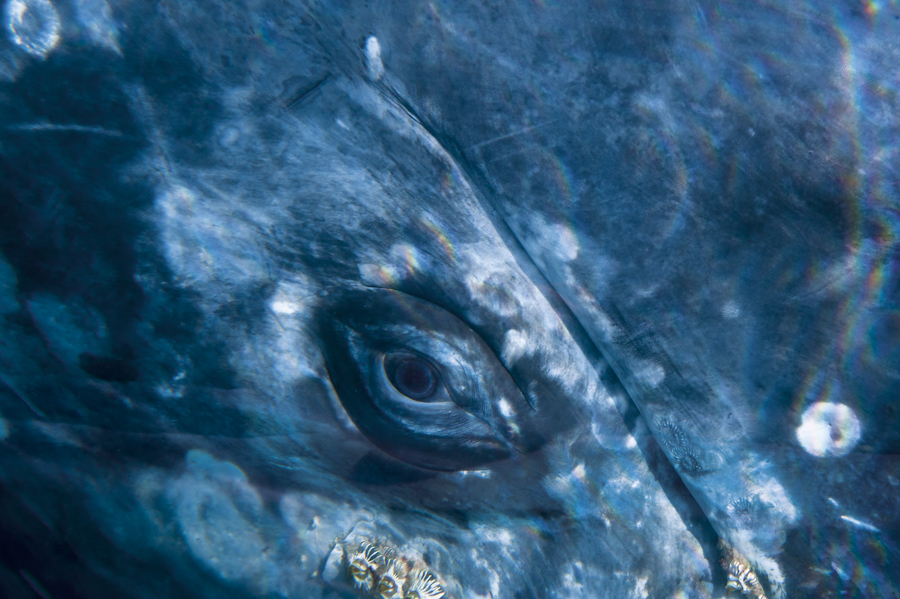
Baja California is a region of extremes. Animals and plants must adapt to these opposites in order to survive the hard times. The cardon cactus succeeds by storing its enormous water reservoir, the desert flowers through their seeds, which can rest in the ground for many years, the whales in the sea with their fat reserves. Other creatures leave the area altogether or postpone reproduction for better times.
The sensitive visitor that will come to this region, bringing the curiosity of a child, will be gifted with ever new discoveries: From the blue whale, the largest living creature that ever lived on earth, to the small desert flower. It shows how fragile and complex the web of life is. The countless migratory birds are just as impressive as thousands of gray whales that are found in the lagoons where they give birth to their young. Each year, they migrate from Arctic waters, where they find ideal food conditions in the summer, over eight thousand kilometers to the Baja peninsula of Mexico. There they spend the winter months before they make their way back to the north.
Be part of the story
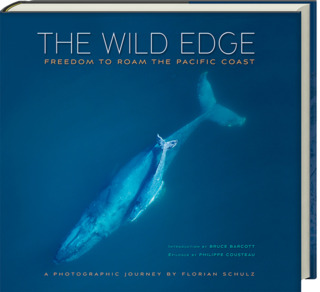
Book
Discover North America's wild coastal corridor--from the Baja Peninsula to the Beaufort Sea--just offshore along the Pacific Edge.
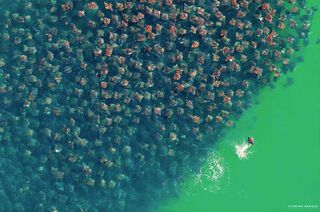
Baja California
Florian spend years documenting the drama and beauty as well as the threats and challenges this magnificent coastal landscape faces.
